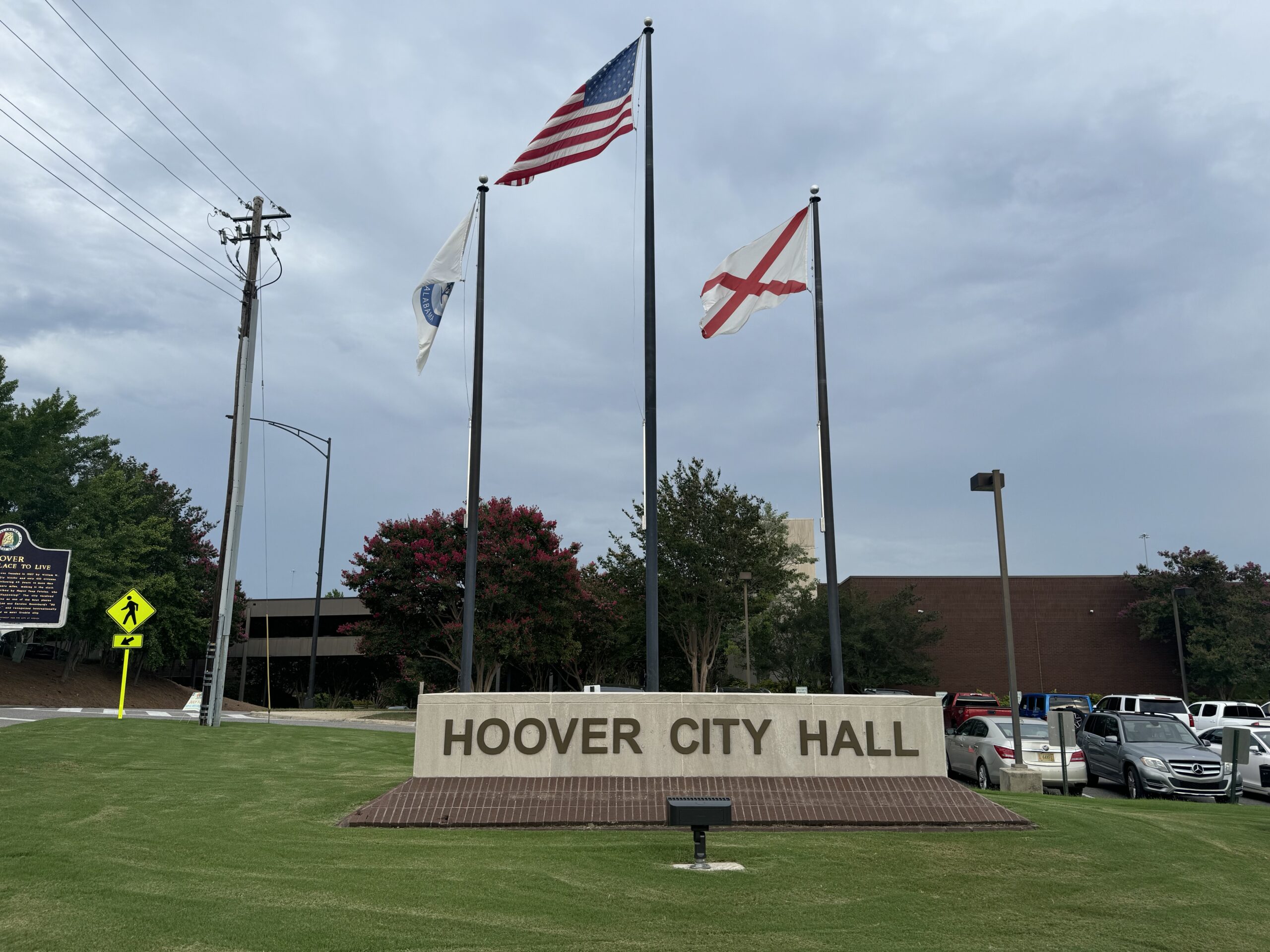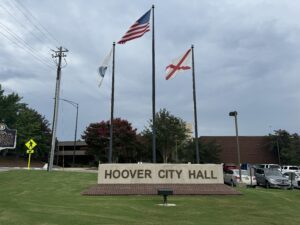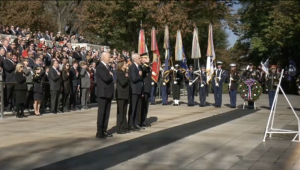For travelers using Birmingham-Shuttlesworth International Airport over the last three years, the difference between the recently renovated and expanded passenger terminal and the old one is like night and day – literally.
Natural light floods the renovated terminal, which was completed in August 2014. It not only makes the terminal brighter and more pleasant, it also saves on lighting costs. It is just one of multiple changes made to the terminal with goal of making the facility more energy-efficient.
The improvements are not only recognized by travelers. Last month, the airport was awarded a LEED Gold rating from the U.S. Green Building Council. LEED stands for Leadership in Energy and Environmental Design. Airport leaders, as well as those involved in the design and construction of the modernized terminal, recently gathered at the facility to celebrate the LEED Gold recognition. They also provided guests a backstage tour of some of the airport’s “green” features.
Those features include an all-electric, high-efficiency HVAC system, sophisticated building automation systems, increased insulation, and energy-efficient light fixtures, escalators, elevators and windows.
The changes are already paying off in reduced energy use and lower energy bills. For example, in January 2011, the airport’s combined gas and electric bill for the old, 265,000-square-foot terminal totaled $129,374. Five years later, the new, all-electric terminal, which was expanded to 450,000 square feet, had a total energy bill that was almost $32,000 less.
The modernized terminal also sports a solar water heating system and a rainwater harvesting system. The rainwater is collected in two huge, concrete tanks where it is reused in all the terminals’ toilets. The combined rainwater and “greywater” system not only reduces the amount of potable water needs at the airport (not to mention reducing the airport’s water bill), it also reduces rainwater runoff.
Wherever possible, the airport used regionally sourced and recycled materials in the terminal construction, including Alabama white marble. In all, the total recycled content of the airport terminal is 23 percent, while nearly 45 percent of the building materials were manufactured, extracted (like the marble) harvested (wood, for example) or recovered within 500 miles of the site.
Even the construction process had a green focus, with emphasis placed on reducing waste, and keeping what waste was generated out of local landfills. In the end, more than 97 percent of construction waste from the project was recycled.
 Another elegant – and definitely green – element in the airport is the “living wall,” a 1,400-foot-long hydroponic garden inside the terminal. It’s the largest living wall in any airport in the United States, according to local officials. Designed by a Birmingham-area artist, the wall is not only beautiful; it also helps improve air quality inside the terminal.
Another elegant – and definitely green – element in the airport is the “living wall,” a 1,400-foot-long hydroponic garden inside the terminal. It’s the largest living wall in any airport in the United States, according to local officials. Designed by a Birmingham-area artist, the wall is not only beautiful; it also helps improve air quality inside the terminal.
Out on the tarmac, new emission-free, all-electric ground-support vehicles also help with air quality. The plug-in electric vehicles and chargers were purchased through federal grants, with support from Alabama Power.
Mike Thompson, director of facilities at the airport, said the modernized terminal is meeting the objectives set out by the airport’s leadership, and the design and construction teams: to create an inviting, functional and user-friendly facility that is also energy efficient, easy to maintain, and a source of pride for the community.
Republished with permission of Alabama NewsCenter.
This slideshow requires JavaScript.
Related
Share via:














